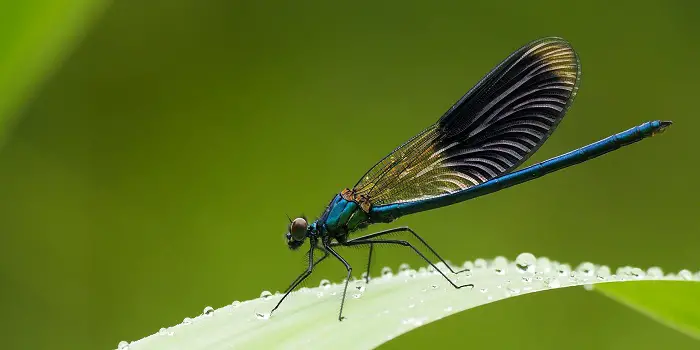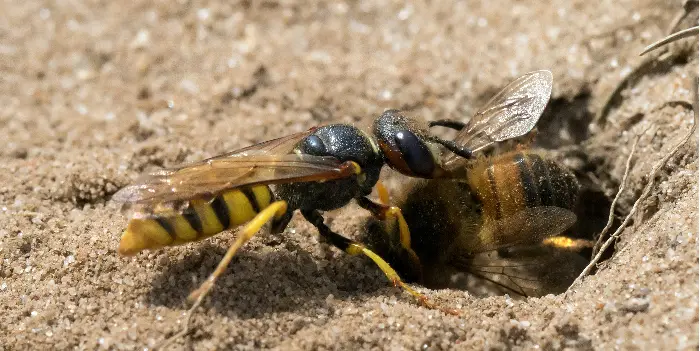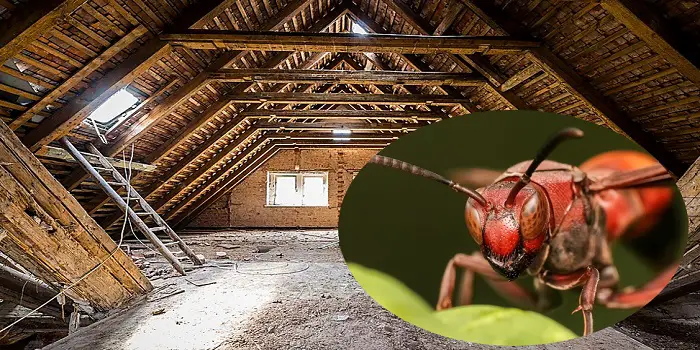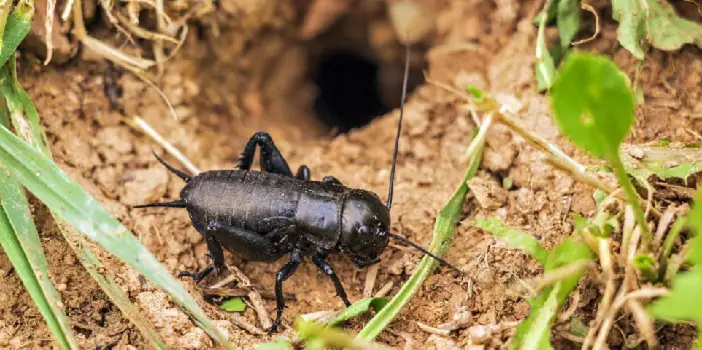
You can find damselflies near shallow bodies of fresh water.
They are flying insects with long, thin bodies and net-veined wings, allowing them to fly relatively fast for their size.
Because they look rather harmless, many people wonder if the damselflies bite.
It is true that damselflies are beneficial to humans because they consume bugs that are considered harmful to crops.
In addition, damselflies are one of the most ancient of all insect species, with fossils that date back around 325 million years ago.
Do Damselflies Bite?
On rare occasions, damselflies will bite.
But that only happens when you interpose yourself inside a group of damselflies.
At that point, they become scared and will bite you out of fear.
If you avoid disturbing them, they will leave you alone.
Also, damselflies do not have teeth, but they do have mandibles that are strong enough for them to bite and chew.
But they do not have enough strength to penetrate the skin.
However, a bite from a damselfly will be momentarily painful as the skin is pinched.
But you have little to worry about since damselflies are not poisonous.
And while they are not dangerous to humans, they are harmful to many insects.
In this regard, the damselflies are much like dragonflies which consume harmful insects to keep their population in check.
You can often see both types of flies roaming over the fields hunting for other insects.
Where do Damselflies Live?
Damselflies are most commonly found in Europe and North America.
You can find young damselflies living near bodies of water. But they can also be found on plants as they look for food.
For those that grow rice, you may see damselfly larvae consuming hopper nymphs that otherwise would eat the plants.
Aphids are another insect that damselflies love to eat.
Adult damselflies can also be found near bodies of freshwater such as streams or ponds.
They lay their eggs in the water, and the nymphs will develop under those conditions.
You’ll see damselflies in groups when they have spotted termites, ants, gnats, or mayflies.
This often creates a feeding frenzy as they swarm in to consume their prey.
Although damselflies are not that picky regarding their food sources, they are particularly fond of flies.
Another interesting characteristic of damselflies is that they can still hunt for food even when the weather turns cold.
In fact, they may be one of the few insects you see when the temperatures drop.
The males are territorial in nature and will patrol it constantly when on the search for food sources.
How to Identify These Insects?
Damselflies are roughly the size of dragonflies with an average length of ¾” up to 1 ¾”.
However, they have a distinctive appearance thanks to their large eyes and long, thin body.
Being quite slender, damselflies also have bright colors to make them unique.
Add to that the pair of wings that taper at the base and fold back, similar to butterfly wings.
When in flight, you’ll see the wings fluttering rapidly as they are looking for prey.
Like many insects of their type, damselflies only live for a few weeks in the summer and early fall.
You will see them during the day as they primarily rest at night.
Share the post "What are Damselflies – Do They Bite or Sting Humans?"

Welcome to ProShieldPest.com. I am Tina Jones. I have been working as a pest removal professional in Winslow, Arizona lately. At present, I love to spend my time with my family as a retiree.
Here I share all my knowledge and experiences to help people understand better how they can stop pests at their homes without actually killing them. Hopefully, the information you will find here will help in safeguarding your home! You can check more about me here.




